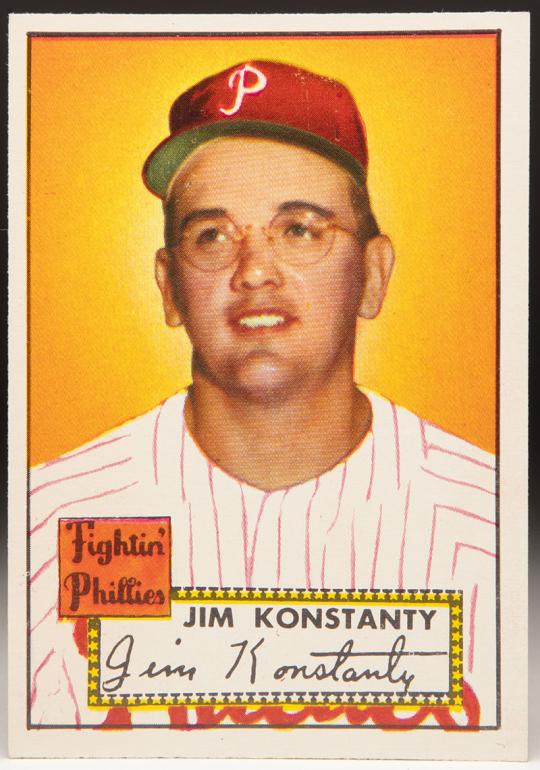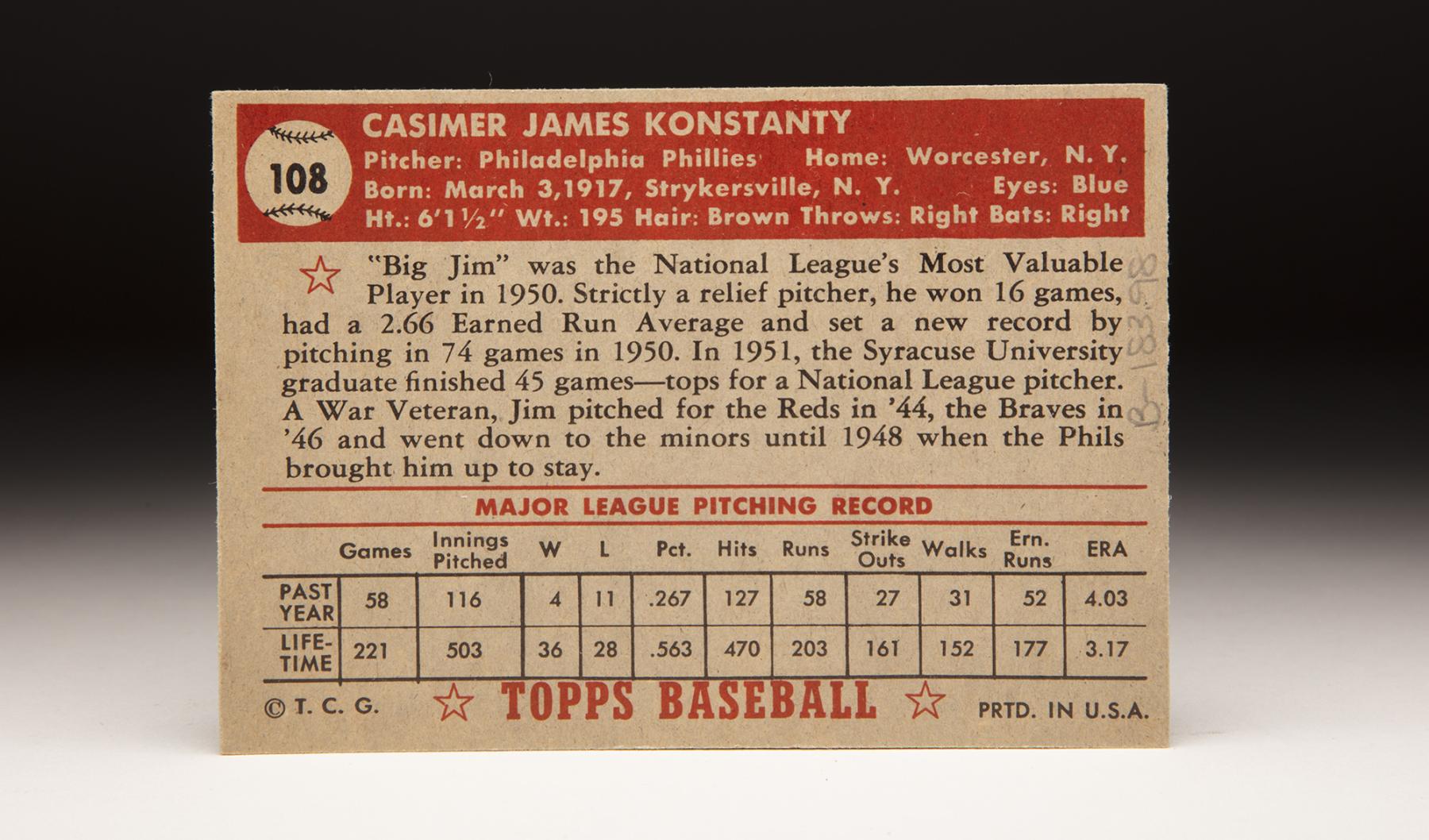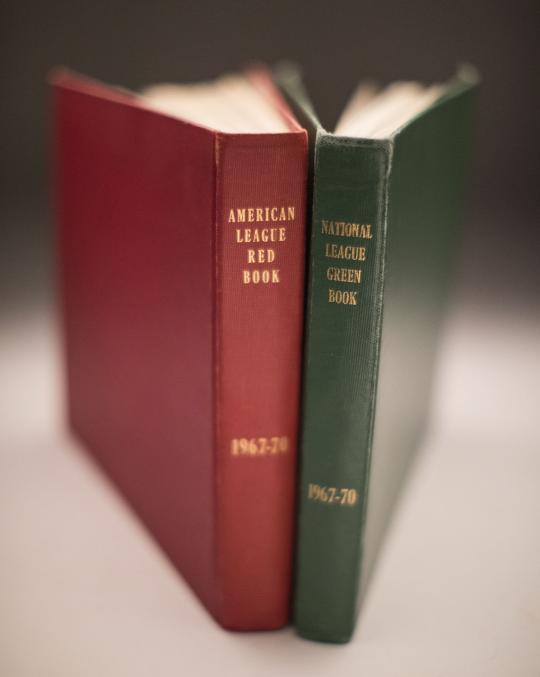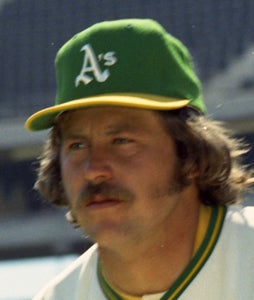- Home
- Our Stories
- Topps transformed baseball cards from hobby to passion
Topps transformed baseball cards from hobby to passion
The story of how Topps became the Babe Ruth of baseball card companies can be traced to the kitchen table of a Brooklyn apartment in the autumn of 1951, just weeks after Bobby Thomson smacked his “Shot Heard ‘Round the World” pennant-winning home run.
There – amid the clutter of photographs, baseball reference books and notepads – marketing whiz Sy Berger, with a huge assist from graphic artist Woody Gelman, began designing a set of cards they hoped would encourage kids to chew more Topps bubble gum.
Hall of Fame Membership
There is no simpler, and more essential, way to demonstrate your support than to sign on as a Museum Member.
“The ironic thing is that it wasn’t supposed to be about the cards,’’ Berger said a few years before he passed away in 2014. “Back then, Topps was in the business of selling gum and they thought if we put a bunch of cards into a package with a stick of gum, it would boost sales. Never, in a million years, did any of us think that baseball card collecting would become such a big part of popular American culture. But it did. And Topps quickly adjusted their focus. The cards became the thing.”
Up to that point, baseball cards had not been overly popular among kids. But the gorgeously designed 1952 Topps set changed all that. Boasting colorful, up-close photographs of the players, facsimile autographs, team logos, hard-to-come-by statistics and mini-biographies, this 407-player set impacted the hobby like a fastball off the barrel of Willie Mays’ bat. Over time, millions of youngsters began purchasing packages in search of their favorite players and began trading with friends and relatives to fill out their sets.
And the biggest beneficiary would be a company that chose the name Topps in 1938 because its founders wanted it to be “tops” in its field. That mission would be accomplished, though not in the field Topps owners Abram, Ira, Philip and Joseph Shorin had originally intended.
“The release of the 1952 set was the true launching point for the hobby and for Topps,’’ says best-selling author Marty Appel, who spent six years as the company’s public relations director after having served in a similar capacity with the New York Yankees before and during the George Steinbrenner ownership years. “Sy became known as the ‘Father of the Modern Baseball Trading Card,’ and it’s a title he richly deserves. That set and the others that followed clearly have stood the test of time.”
So, too, has the company that once employed Berger. Decades after the release of its iconic set, Topps continues to dominate, claiming an estimated 60-to-70-percent of the baseball card collecting market with an annual card production in the millions. Each year, the company produces roughly 30 different sets, including its innovative Topps NOW cards, which are made available to collectors immediately.
“I think one of the reasons Topps has remained king is innovation,’’ says Mike Payne, the editorial director of Beckett Media, which produces price guides and card magazines popular among hobbyists. “They’re constantly trying out new things, but they’ve done so while remaining true to their history and their brand. They’re still relying on what made them great, but with a modern twist.”
Bowman was the hobby’s heavy hitter before Topps stepped to the plate, but its dominance would be short-lived. And once Topps began its climb, it became a full-fledged phenomenon.
In 1955, at Berger’s urging, Topps released a set with head and action shots on the front. And two years after that, the company settled on the 2 ½-by-3 ½-inch card size still used today. By that time, Bowman no longer could keep pace and wound up being acquired by its triumphant competitor.
Throughout the 1950s, ’60s and ’70s, Topps was dynastic, fending off challenges from Fleer and Leaf, as well as some regional card producers.
But in 1980, after a monopoly law suit, other card companies were allowed to join in on the fun, with Upper Deck, Fleer, Donruss and Score also becoming MLB licensees.
“Those other companies produced some really cool cards, shook things up a bit, and that forced Topps to respond with some higher quality cards of their own,” Payne said.
Card collecting would then enter a golden age, as each company attempted to out-do the other. But the oversaturation of the market, coupled with the cancellation of the 1994 World Series, would lead to a dramatic decline in interest among collectors.
One estimate had baseball card sales plummeting from a high of $1.5 billion in 1992 to $200 million by 2008.
Several companies folded, but Topps weathered the storm, and has enjoyed an uptick in sales in recent years, thanks to its 21st century innovation and the arrival of young superstars, such as Mike Trout, Bryce Harper, Ronald Acuna Jr., Mookie Betts and Aaron Judge.
The Hall of Fame collection contains more than 200,000 baseball cards, many of which are on display in the Museum's Shoebox Treasures exhibit.
Topps also has benefitted from publicity over the auction sales of immensely popular cards such as the 1952 Topps Mickey Mantle, a version of which is displayed in Shoebox Treasures.
“The fact it was produced by Topps,’’ Payne says, “certainly helps further cement their brand as THE brand when you think about card collecting.”
Scott Pitoniak is a freelance writer from Penfield, N.Y.
Related Stories
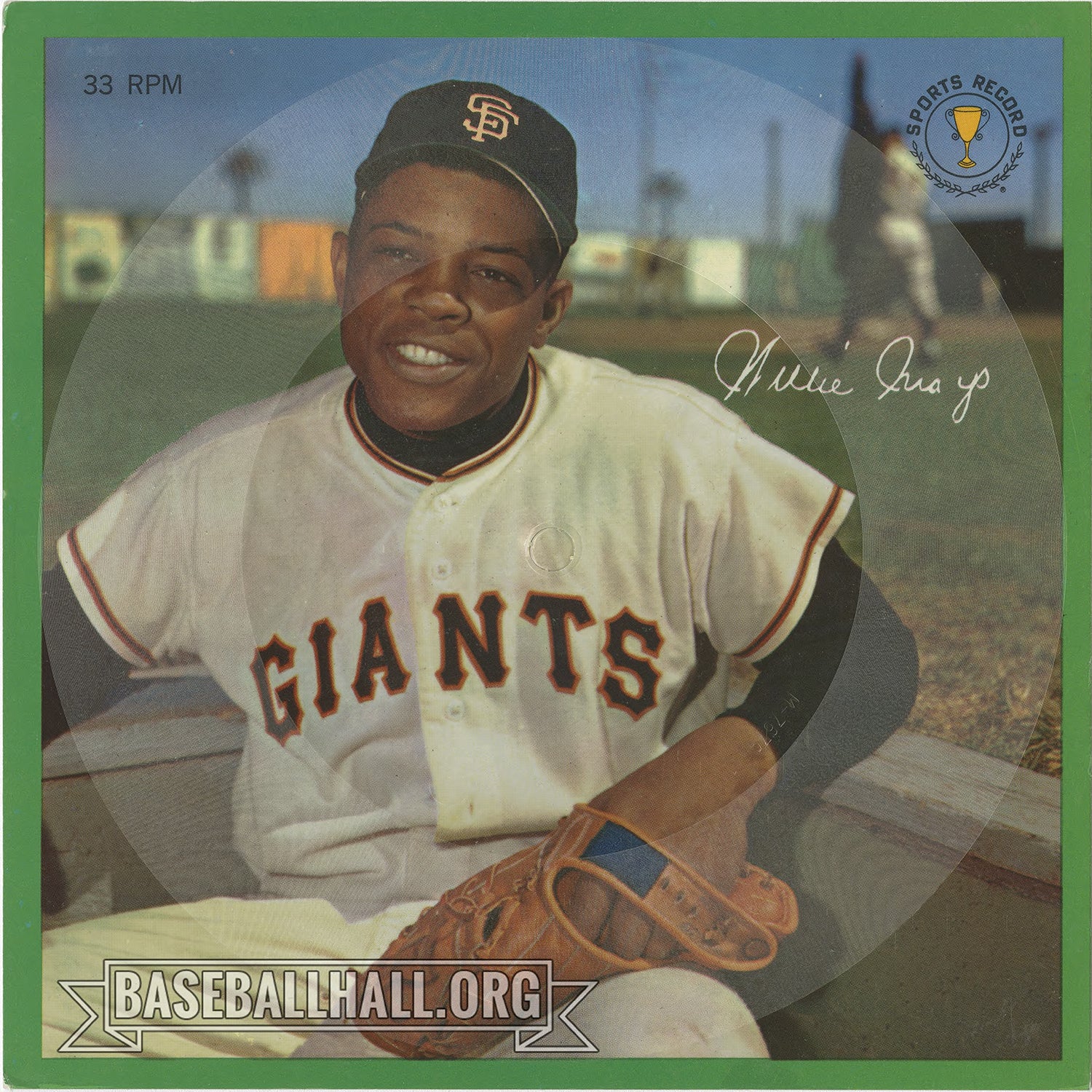
#Shortstops: Talking Baseball…Cards
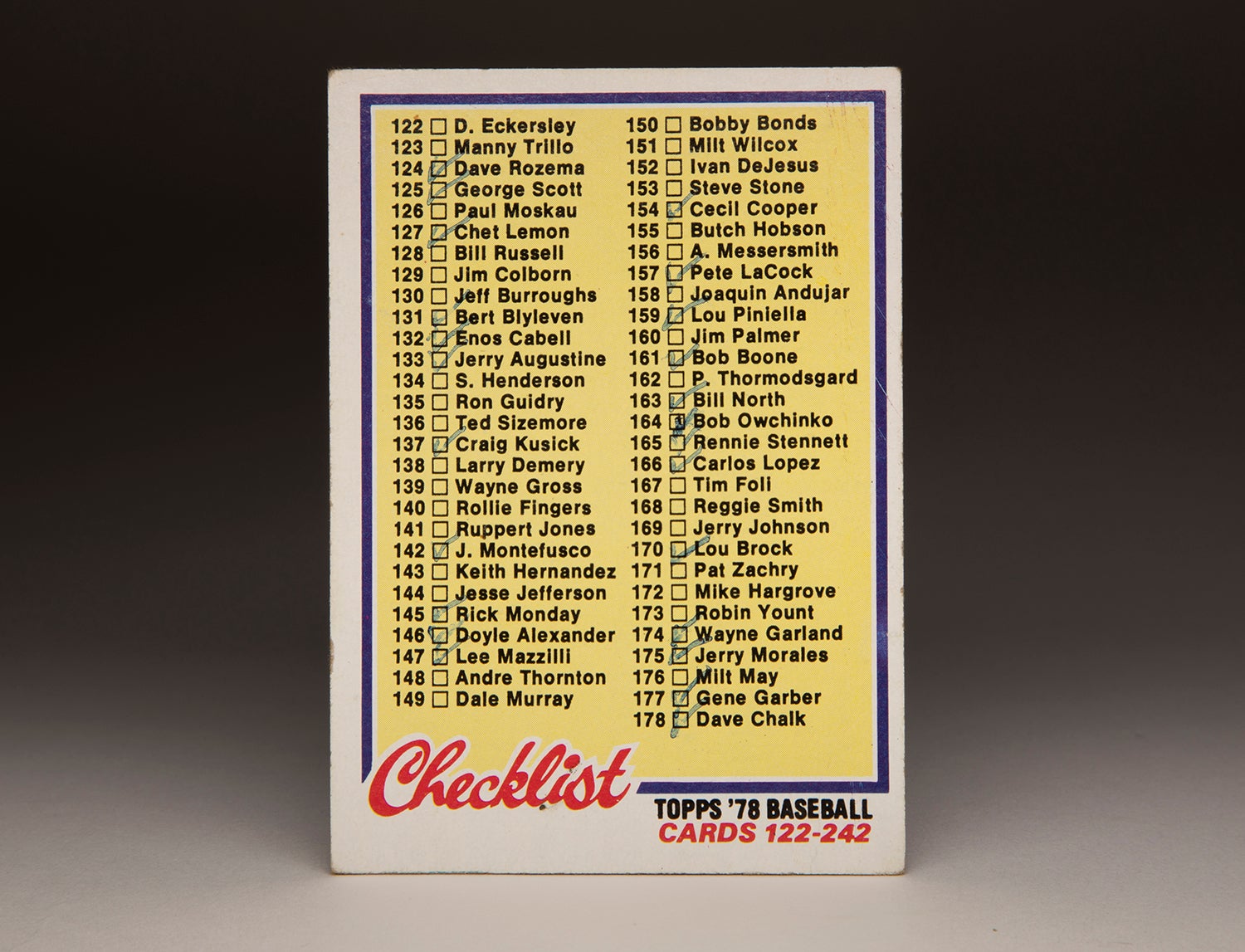
#CardCorner: 1978 Topps Checklist

#Shortstops: Judging Baseball Cards
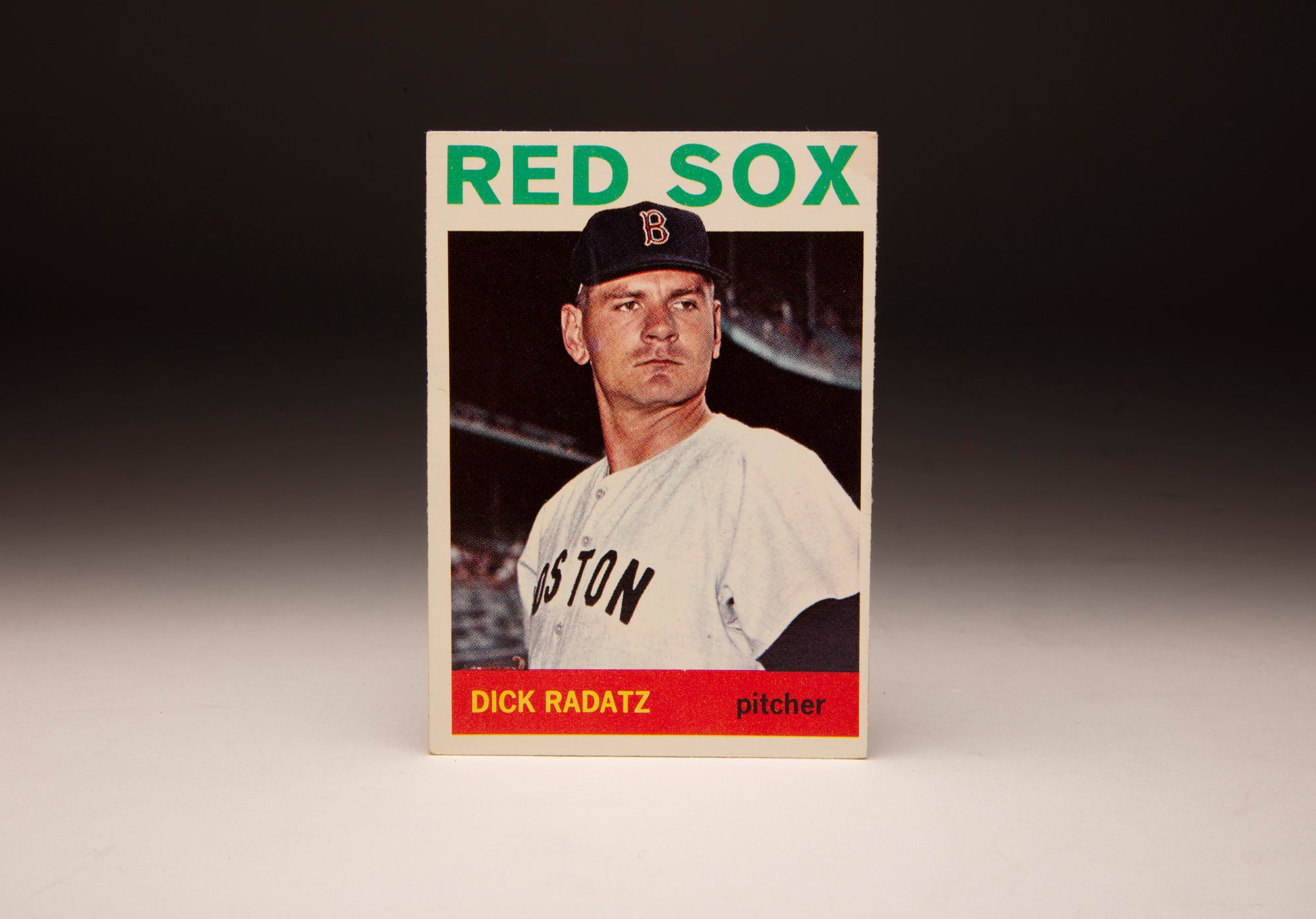
#CardCorner: 1964 Topps Dick Radatz

#Shortstops: Talking Baseball…Cards

#CardCorner: 1978 Topps Checklist

#Shortstops: Judging Baseball Cards


